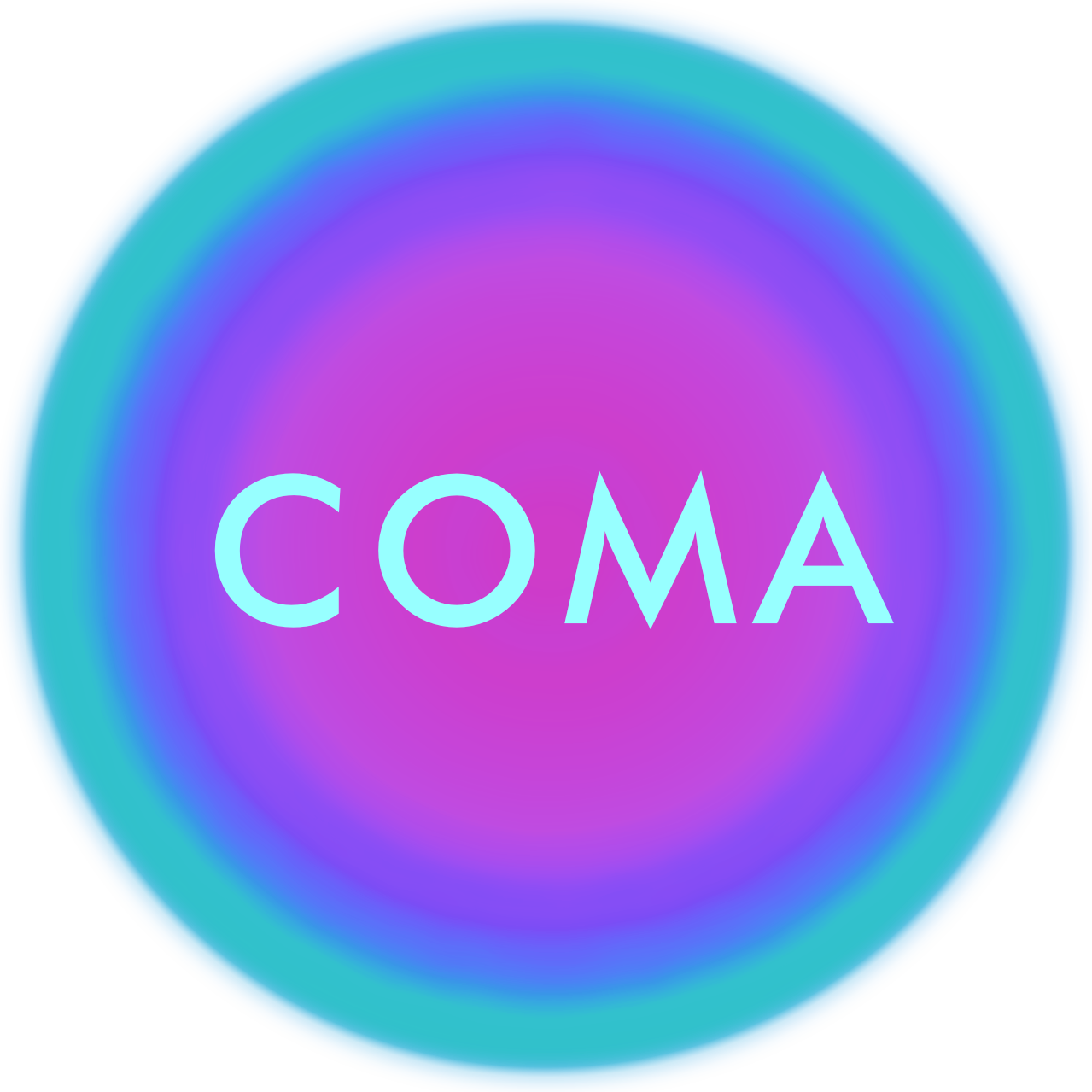The Botanical Mind: Art, Mysticism and The Cosmic Tree
Camden Art Centre, London, 24 Sept – 23 Dec 2020
The Botanical Mind: Art, Mysticism and The Cosmic Tree is an exciting exhibition from Camden Art Centre. Due to the current COVID-19 crisis, the exhibition is delayed and scheduled to open to the public an September 24, 2020. In the meantime, a complimentary online program of new artist commissions, podcasts, films, texts, images and audio has been launched, expanding on and enriching the ideas and issues informing the show over at botanicalmind.online.
The Botanical Mind The exhibition investigates areas that were explored in certain aspects last year by the Wilhelm-Hack-Museum in their exhibition Gewächse der Seele, which might be translated as Outgrowths of the Soul. There, the focus was on the use of plant motifs in Symbolism and Surrealism in relation to works of Art Brut and Mediumistic Art. This exhibition at Camden Art Centre has both a broader scope and a more specific focal point. The title seems almost all-encompassing. The Botanical Mind is, in a sense, a variation of the title Outgrowths of the Souland expands the radius of consideration of the vegetative play of forms in fantasy from Western science to ornamental patterns reflecting cosmological ideas of indigenous peoples. Despite the centrifugally conceived transcultural approach, everything remains centripetally centered around a specific topic, which serves the exhibition as a core element of spiritual experience and mythical fixed point among numerous peoples and cultures: the world axis, the cosmic tree, which connects the upper world, the world of earthly life and the underworld, man and the universe, microcosm and macrocosm in the center of being.
The exhibition explores in a variety of ways the references in creative expressions of indigenous peoples, like the Yawanawá in Brazil and the Shipibo-Conibo in Peru, whose traditional weaving patterns and face paintings are based on visionary experiences during ayahuasca intoxication. Through the ayahuasca experience, the Shipibo are seeking a mystical renewal of the connection to nature, the cosmos and fellow human beings. The Shipibo understand ayahuasca as a snake that becomes a boat that the shaman steers and invites everyone to travel with him to the origin of the universe.
Special attention is also paid to C. J. Jung's ideas about the archetypes and the pictures of his fantasies and mystical experiences in the so-called Red Book, which he painted himself. Jung received the texts and pictures of this book in visions, daydreams and dreams. He felt that they did not belong to his personal experience, but came from a layer that exceeded his personal horizon. For Jung, these archetypes manifested in forms of images by conveying elements of deep layers of the human psyche, where myths are taking shape, and which he termed the collective unconscious, a kind of primal ground shared by all humans.
The personal horizon of experience is also exceeded by the works of female mediumistic artists presented in The Botanical Mind, like Anna Hackel (Haskel), Anna Zemanková, Hilma af Klint, Minnie Evans, Emma Kunz, and Henriette Zephir. Their artworks are presented here side by side with works from the art canon, like surrealists such as Ithell Colquhoun, André Masson, and Wolfgang Paalen and the creations of contemporary and indigenous artists.
Many surprising artefacts are represented in this exhibition curated by Gina Buenfeld and Martin Clark. For example, the famous Voynich manuscript from the 15th or 16th century. With its fantastic plant forms, enigmatic diagrams and an invented writing in an unknown language, it can be considered as one of the earliest examples of Art Brut. But also, illustrations of Besant’s and Leadbeater’s theosophical Book on Thought-Forms in make their appearance.
The Botanical Mind: Art, Mysticism and The Cosmic Tree
Camden Arts Centre
Arkwright Road
London NW3 6DG
text © 2020 Elmar R. Gruber
